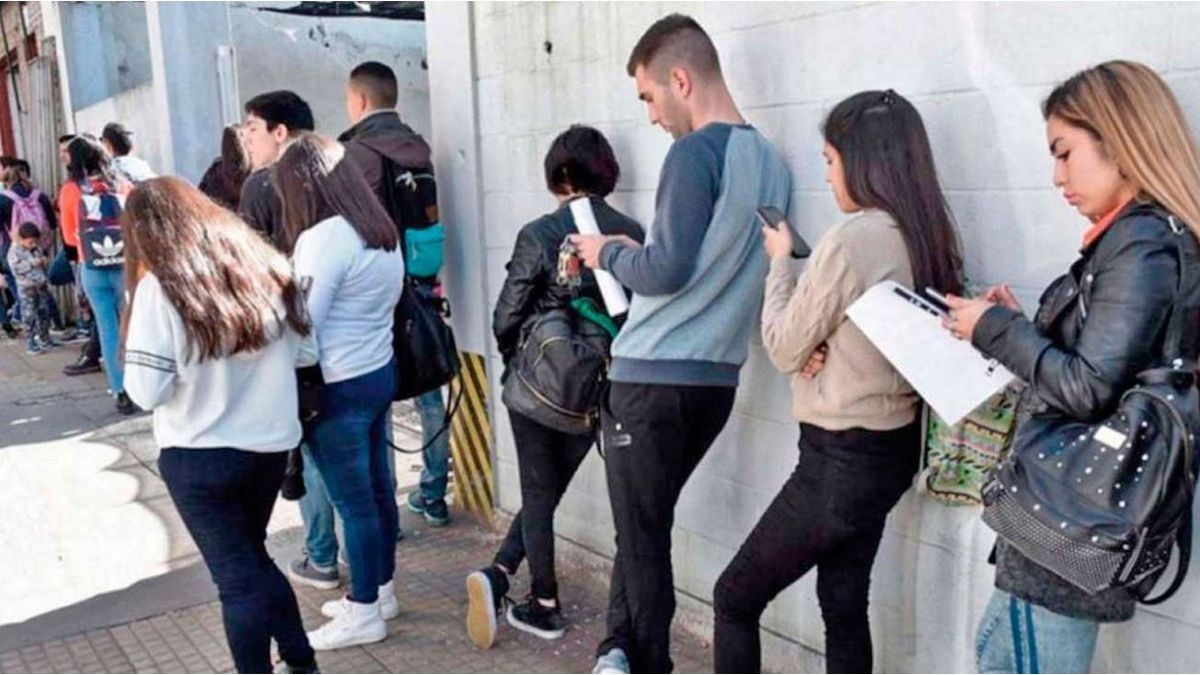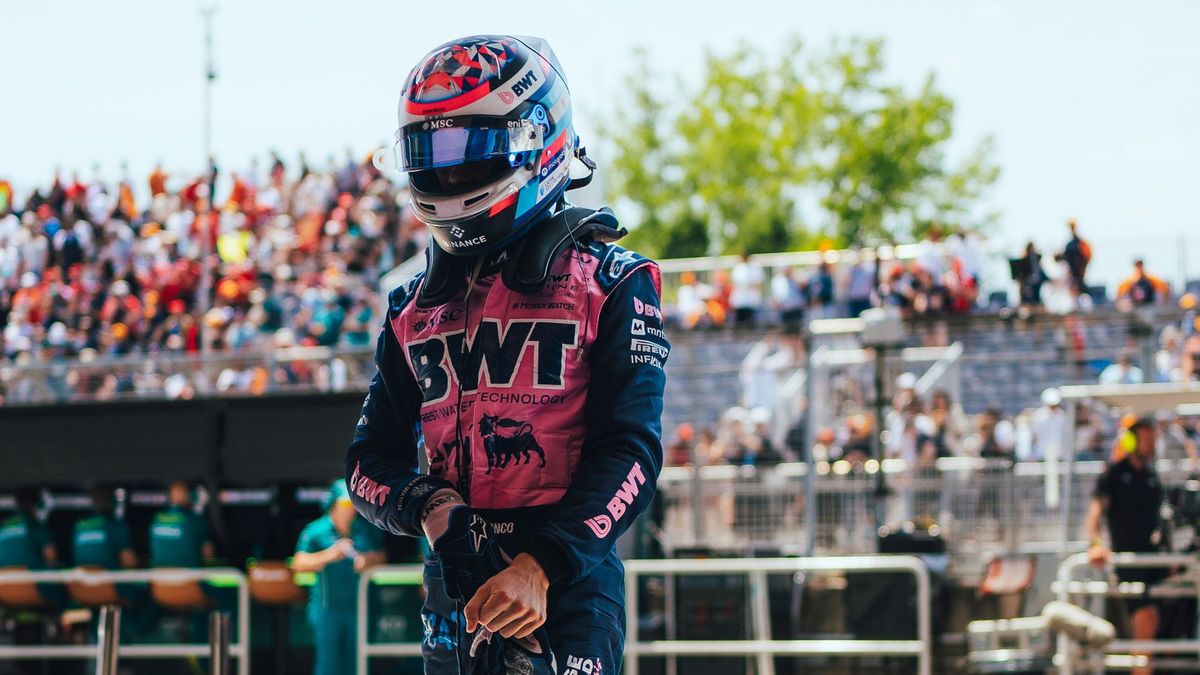In the shadow of the Ukraine war, another conflict in Russia’s old sphere of power is easily overlooked. Things are smoldering between Azerbaijan and Armenia, bad historical memories are awakening.
In the Nagorno-Karabakh region of the Caucasus, deep in the south of the former Soviet Union, the situation is becoming dangerously critical. The Armenians in the internationally unrecognized state structure fear being starved.
According to estimates, it is about 100,000 to 120,000 people. Since December 2022, Azerbaijan, to which the area belongs under international law, has been blocking the lifeline of the Karabakh Armenians to the nearby motherland of Armenia.
Medical care hardly possible
Initially, alleged Azerbaijani eco-activists stopped the movement of goods, but since April there has been a regular checkpoint in the so-called Lachin Corridor. Since mid-June, humanitarian aid from the International Committee of the Red Cross (ICRC) has not been able to get through.
Recently, medical emergency transports could no longer happen. According to President Ilham Aliyev, Azerbaijan wants to stop the alleged smuggling of arms to Nagorno-Karabakh.
And as always when it comes to the age-old conflict between the Christian Armenians and their overpowering Muslim neighbors, the memory of the systematic expulsion and murder of the Armenians in the Ottoman Empire from 1915 onwards comes to mind.
Collateral damage of the war in Ukraine?
The former chief prosecutor at the International Court of Justice in The Hague, Luis Moreno Ocampo, also calls the current situation an “ongoing genocide”. Hunger is used as a weapon against an ethnic group, he wrote in a report for the Armenian side.
He appealed to Russia, the US and the European Union to stop it. “Their intense confrontation in the Ukraine conflict should not result in the Armenians becoming collateral damage.” But so far diplomacy has not brought a solution.
precarious situation
In the capital, Stepanakert, and other places in Nagorno-Karabakh (Armenian: Artsakh), life has become extremely difficult. Power is there for a few hours, then it goes out again. The fiber optic cable from Armenia to Karabakh for a stable Internet connection cut Azerbaijan in mid-August, says an adviser to the leadership in Stepanakert, Artak Beglarjan.
Above all, the pharmacies are empty. There is hardly anything to buy in the markets. There is not enough fuel to bring fruit and vegetables from the surrounding area to Stepanakert (Azerbaijani: Khankendi). People have to queue for bread.
There is no medical care for around 2,000 pregnant women, said Armenian Foreign Minister Ararat Mirsoyan in mid-August at the UN Security Council in New York. And he reported on a man who, according to medical reports, had died of malnutrition.
look back
Oil- and gas-rich Azerbaijan was able to seal off Nagorno-Karabakh by defeating the Armenian army in 2020. Before that, the Armenians had not only defended Nagorno-Karabakh since 1992, but also occupied large parts of Azerbaijan. But in the 2020 war, Nagorno-Karabakh, once about 4,400 square kilometers in size, lost two-thirds of its territory. Aliyev’s troops advanced to the border of Motherland Armenia.
The protecting power Russia did not support Armenia militarily. She got Russian troops to monitor the ceasefire. The obligations assumed actually also include keeping the transport route via the mountain road from Latschin open until 2025. “Putin, keep your word!” That’s why placards at protests in Stepanakert read. But President Vladimir Putin’s Russia has lost influence due to the war against Ukraine.
Azerbaijan’s Ambassador to the United Nations, Yashar Aliyev, told the Security Council: “Azerbaijan’s policy is to integrate the ethnic Armenians of the Karabakh region as equal citizens.” But they don’t believe in equality in the repressive country.
The Karabakh leadership around Republic leader Araik Harutjunyan also does not want to open the road to the Azerbaijani city of Agdam. The area can easily be supplied from there, Baku suggests. Karabakh blockade itself.
Over the past decades, the Armenians have made no distinction between their state and the Armenian settlement area on the territory of Azerbaijan. Only during negotiations under the aegis of the EU did Armenian Prime Minister Nikol Pashinyan acknowledge the borders of the neighboring country – including Nagorno-Karabakh.
The areas
“Armenia’s territory covers 29,800 square kilometers, that of Azerbaijan 86,600 square kilometers,” said EU Council President Charles Michel after a meeting with Pashinyan and Aliyev in July. Accuracy is important to defend against mutual claims.
Azerbaijan is also putting increasing pressure on areas in south-eastern Armenia to create a corridor to its exclave of Nakhichevan. This lies between Armenia and Turkey.
Pashinyan’s concession – a prerequisite for a peace treaty for the EU – has also met with criticism in his home country. In doing so, he gave up leverage, said the former Armenian ambassador to the Netherlands, Dsyunik Agajanyan.
“The Lachin Corridor is the umbilical cord that connects Artsakh with Armenia,” she said. “If you cut them, the liquidation of Armenia will begin.” She fears that the conflict could trigger another war in the South Caucasus.
Source: Stern
I have been working in the news industry for over 6 years, first as a reporter and now as an editor. I have covered politics extensively, and my work has appeared in major newspapers and online news outlets around the world. In addition to my writing, I also contribute regularly to 24 Hours World.




